🌏explanation of how we can see a lunar and solar eclipse safely here some steps that explain it to you🌏
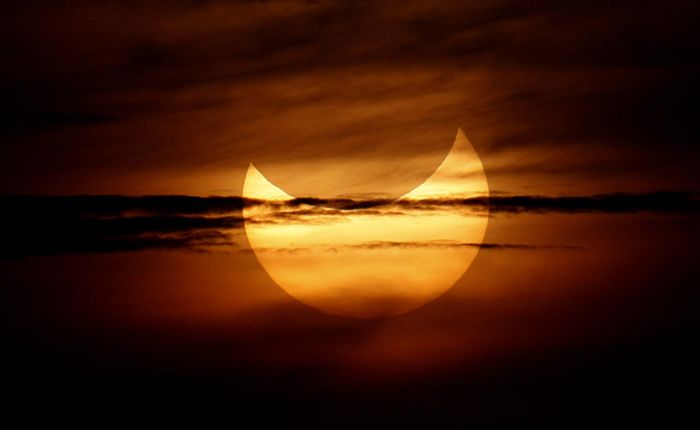
1
Investigate how wonderful solar eclipses are:
Solar eclipses occur when the sun, moon and Earth are aligned, allowing the moon to block sunlight and prevent it from reaching Earth. Solar eclipses are observed as total or partial eclipses depending on whether you are located in the "umbra", the place where the shadow of the moon falls on a small point of the Earth, or the "penumbra", the part outside the umbra
-The amount of time an eclipse lasts can range from a few seconds to a maximum of seven and a half minutes as the umbra moves along the "path of totality". There are also "annular eclipses" when the moon slides through the sun but does not cover it at all.
-Total solar eclipses are possible because the sun is 400 times farther from the Earth than the moon and is 400 times larger than it, which allows the sun and the moon to appear almost the same size from our perspective of the sky.
2
Some methods that should not be used to see a solar eclipse:
You should also be prepared to inform any other person in your charge to maintain your safety. You should not see eclipses through binoculars, telescopes, any type of glasses, sunglasses, smoked glass, polarized filters or exposed color films. None of these methods is strong enough to protect your eyes.
-Although these objects block the wavelengths of light that are visible to humans, non-visible light is what causes damage to the eyes. The ultraviolet and infrared wavelengths pass through these objects and can cause as much damage as visible light
3
Become a home eclipse viewer or a pinhole projector:
An eclipse viewpoint or homemade pinhole projector is made very simply and, in general, is the safest and easiest way to see an eclipse just for the price of some thick paper for posters or cardboard. Their disadvantage is the very small image they produce but they are ideal for young children and teenagers who will enjoy the process of making the pinhole projector and then using it.
-Drill a small hole using a pin or tack through the center of a piece of card. Place a second piece of paper on the floor to serve as the screen on which you will project the eclipse.
-Stand with your back to the sun and hold the cardboard on the floor, over your shoulder or to the side. Make sure your head does not cover the hole. You should hold it in the direction of the sun and you should look towards the screen that you placed on the floor.
-When the projector is properly aligned, you should see a perfect circle on the other piece of card that you placed on the floor. The circle may look blurry at the edges. You can make it look sharper by moving the projector closer to or away from the ground.
-When the eclipse occurs, that circle will shrink and become a crescent if it is a partial eclipse. If it is a total eclipse, it will become an O with thin edges.
4
Use a sunscreen on your observation equipment:
If you choose to look at the sun with your eyes (instead of projecting it onto something else), you should always have a sunscreen between you and the eclipse. While it is possible to see a total solar eclipse without protection during the whole, only an experienced observer will know when to properly judge this moment and when it is essential to immediately place the filter between his eyes and the eclipse again: before the sun reappears.
-Since most eclipses are partial and most observers are novices, it is much safer to just look at an eclipse through a sunscreen. Even the shortest flash of sunlight can damage your eyesight so even 99.9% of the sun's coverage is dangerous. Sun filters are available for all observation equipment (cameras, binoculars and telescopes).
-When choosing a solar filter for a telescope or binoculars, it is absolutely crucial that you choose a filter made for your exact make and model. If the filter does not fit properly or is used improperly, it can cause permanent damage to the eyes.
5
You can also look at an eclipse indirectly by making it catch a projection:
The projection of the image that is seen of the eclipse through what can be binoculars or a telescope is another very safe method to see these great eclipse indirectly. However, it is only safe to use them for projection, not to look through them. DO NOT look for binoculars or the telescope when making the eclipse projection.
-Cover the front objective lens on one side of the binoculars with a piece of cardboard or a lens protector.
-With your back to the sun, hold the binoculars with one hand and point them towards the eclipse so that the lens discovered captures the eclipse. Use the shadow of the binoculars to help you align them.
-Observe the projected image on a screen, wall or large piece of white paper that you hold in your free hand. It should be located around 30 cm (1 foot) from the eyepiece of the binoculars. Just move them until the eclipse image appears on the card, screen or wall. The farther you hold the cardboard of the eyepiece, the larger the image.
-When you get used to using this method, try to attach the binoculars to something like a tripod or lean them against a chair or table. The image will benefit from the increase in stability.
-If you are going to use this method to observe the sun when there is no eclipse, point the binoculars away from the sun every minute to avoid overheating the equipment. Let the optical equipment cool for a few minutes before trying again.
6
Use glass for welding:
Shade welding glass number 14 (or more) is one of the most affordable and widely available filters that you can use to observe the sun without help. The glass should completely cover your eyes at all times of observation.
-Such a filter should also be added to the front of your binocular lenses. Again, all the lenses must be covered and, if you can only cover one, cover the other.
7
Use mounted filters:
There are special types of filters that can be purchased that are mounted directly on a telescope or a pair of binoculars. While some of these can be quite expensive, there are cheaper versions that will still protect your eyes and allow you to see the sun. There are several important warnings that you should pay attention to when buying and assembling a sunscreen
-You must be absolutely sure that the filter is a suitable sunscreen since regular photographic filters will not filter the dangerous rays.
-The filter must fit perfectly with the brand and type of equipment. Always buy the filter from a respectable dealer. If you have any concerns about the security of the filter, do not use it and, if you need advice, take it to the planetarium or local astronomy club for expert advice.
-Check for surface damage before mounting the filter. Polyethylene terephthalate is easily punctured or ripped and, if this has happened, the filter can not be used.
-Make sure the filter is secure once it is set. If you have to paste it in addition to mounting it to ensure it does not come loose or get out, do it.
-Do not use filters that are screwed to the ocular end of binoculars or telescopes. Focused light can burn or crack the filter at this end because the intense heat of the sun is concentrated. Just a crack or small gap in the filter can permanently damage your eyes. Only use filters that are mounted on the front end of the telescope.
1
investigate how wonderful lunar eclipses are:
Lunar eclipses occur less frequently than total solar eclipses: lunar eclipses occur about twice a year and total lunar eclipses occur on average every two or three years. A lunar eclipse occurs when the full moon moves into the shadow of the Earth and acquires a coppery or dull red color (a "blood moon").
-Like solar eclipses, there are total or partial lunar eclipses that depend on the alignment of the Earth, the sun and the moon.
2
You have to get ready to stay awake until late at night:
A lunar eclipse occurs only during a full moon when it is perfectly aligned with the Earth and the sun. The eclipse occurs because the Earth produces a shadow on the moon. Lunar eclipses generally occur late at night over a period of several hours as the moon enters and leaves the shadow produced by the Earth. If you want to see everything, you'll have to stay up late.
-The night should be clear and relatively free of clouds for optimal viewing.
3
You can watch it without protection or through magnifying objects according to your preference:
perfectly safe to observe lunar eclipses directly and without a filter. You do not need any special observation equipment because you will not see the sun directly, you will actually see a projection of the sun over the moon. Because there is no risk of harm to the eyes from the sun, no special equipment is required.
-To get a more impressive view of the eclipse, you can look at it through binoculars or a telescope.
-If you would like to photograph the lunar eclipse, read the article How to photograph the moon for more details on how to photograph the moon.
4
you can dress properly to see the eclipse:
Some things you will need to see these 2 types of eclipses safely
Personal opinion on this subject

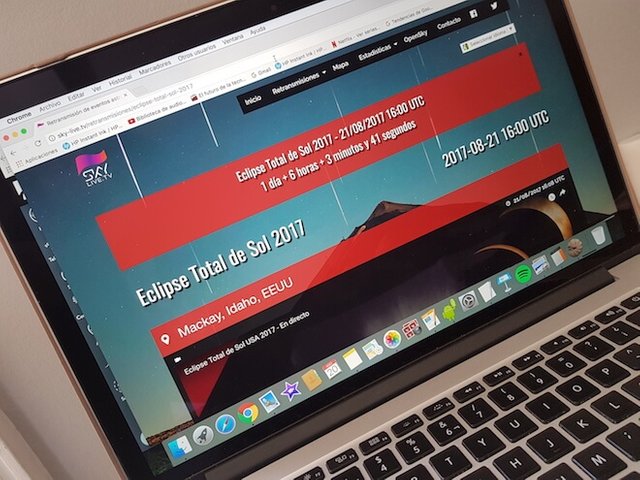

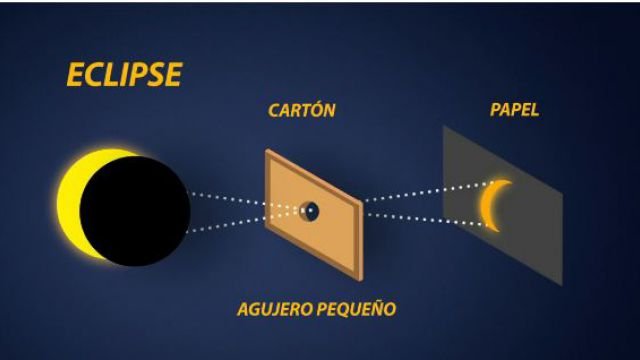
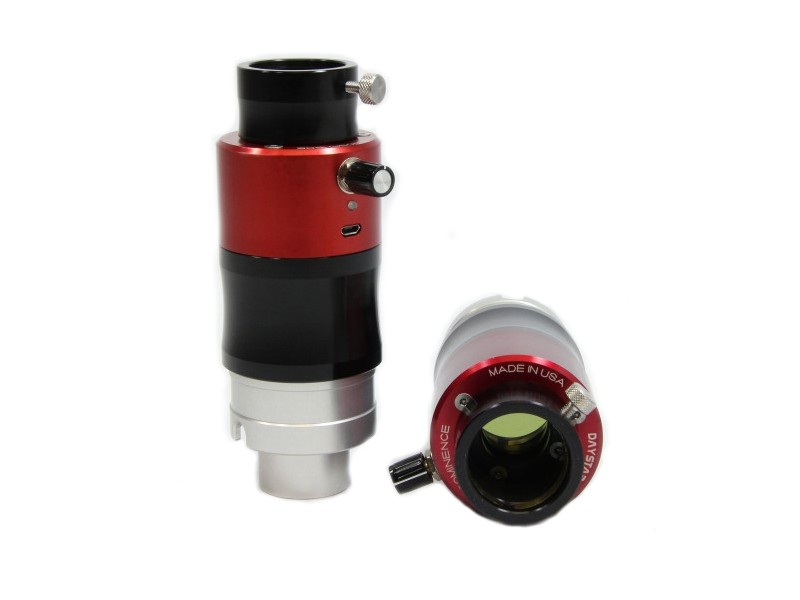
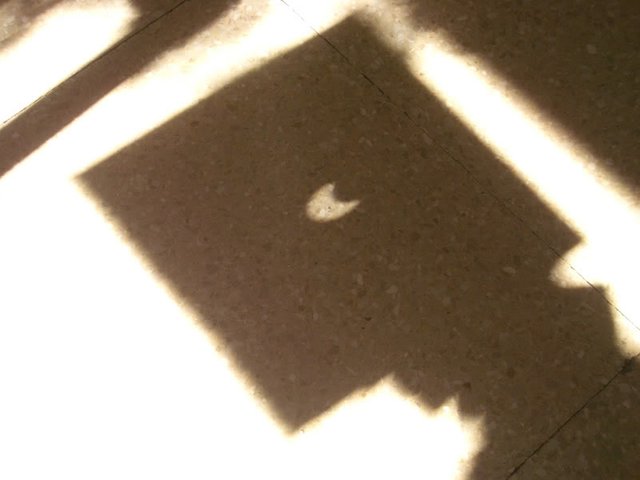
.jpg)
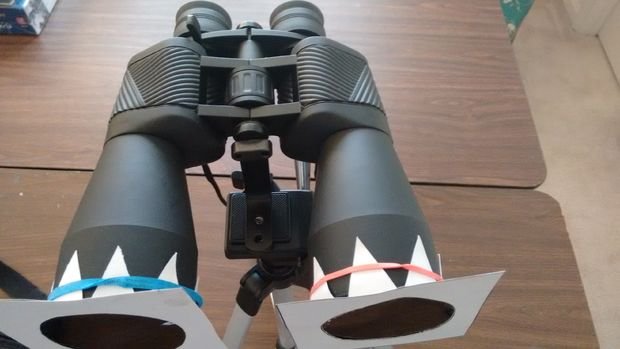
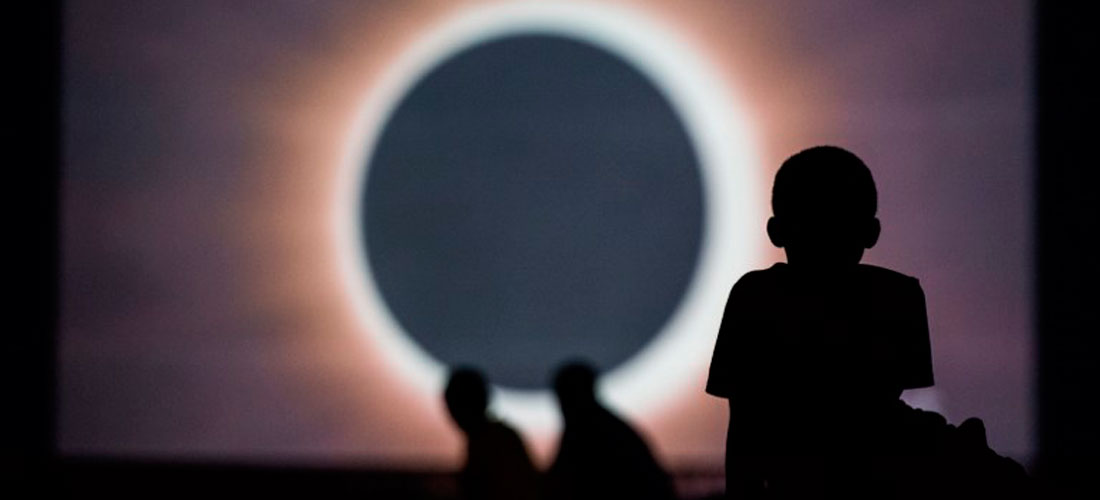
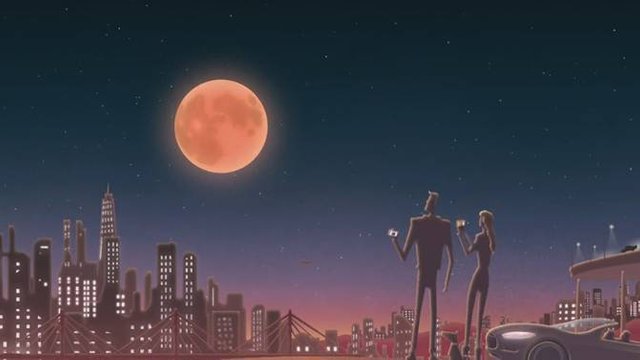
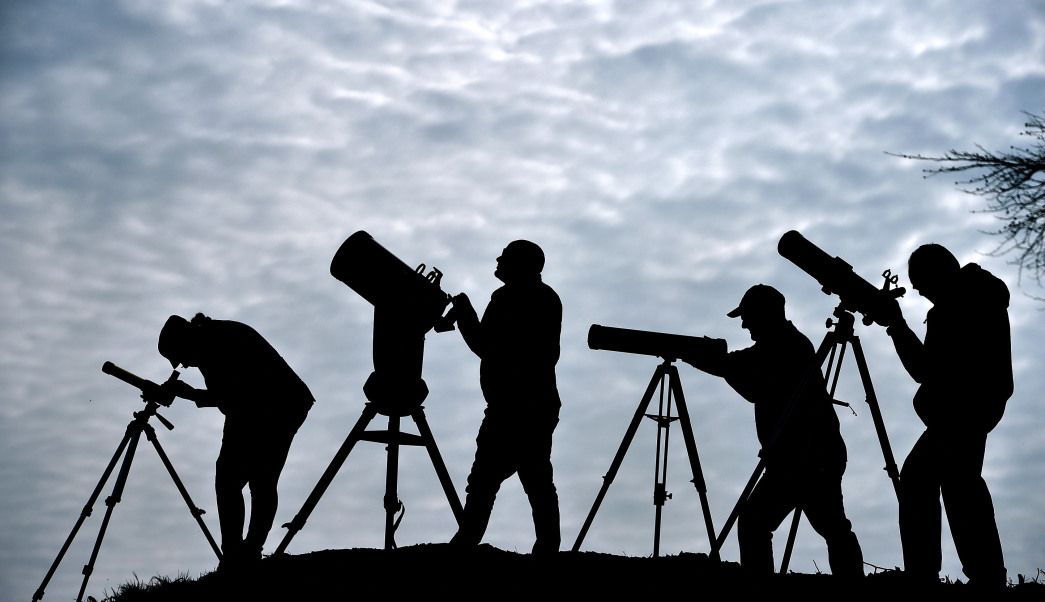
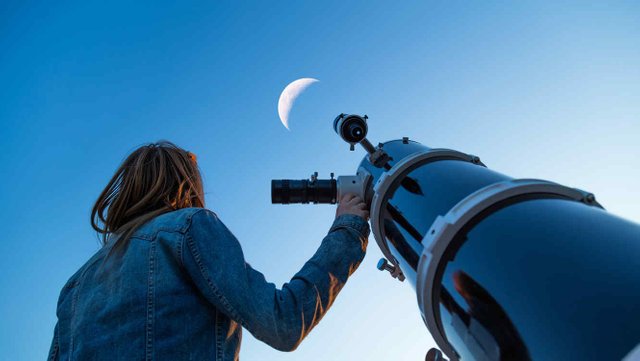
@originalworks
The @OriginalWorks bot has upvoted(0.5%) and checked this post!
Some similarity seems to be present here:
https://www.wikihow.com/View-an-Eclipse
This is an early BETA version. If you cited this source, then ignore this message! Reply if you feel this is an error.